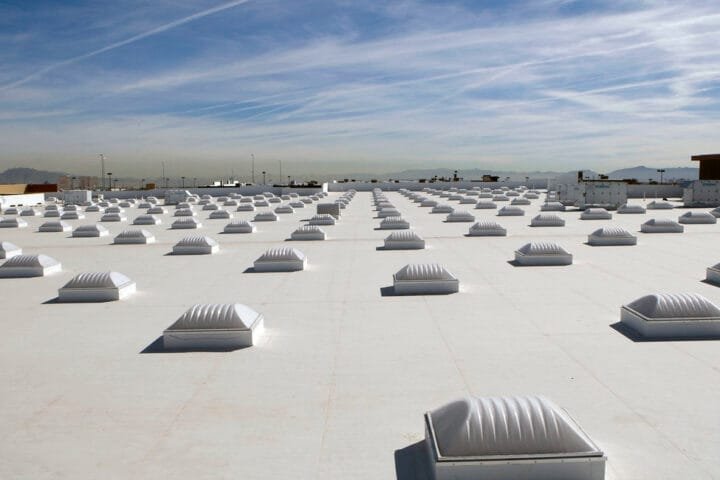Summary
- Demand for air conditioning is set to triple by 2050 due to rising incomes and climate change, leading to increased energy consumption and carbon emissions.
- Air conditioning is currently responsible for 7% of global electricity use, emitting 2.7% of energy-related CO2 emissions and 3.2% of total greenhouse gas emissions when considering refrigerants.
- Ensuring the purchase of more efficient AC units and implementing energy efficiency standards can curb the rise in energy demand, but cost and communication barriers need to be addressed.
- Designing cities and buildings for heat can help reduce AC demand, but air conditioning remains essential for comfort, especially in hot climates.
Air conditioning is truly a lifesaver for some people in the world. For many more, it makes extreme heat tolerable. Those who work indoors can do so productively, kids can learn better at school, and people can sleep comfortably at night during the summer.1
Research shows that air conditioning (AC) effectively reduces heat mortality during heatwaves. The 2021 Lancet Countdown report estimated that air conditioning prevented almost 200,000 premature deaths in 2019.2
Demand for air conditioning is bound to increase. One reason is climate change: as the world warms, more people will be exposed to heat waves, and those who already live in hot climates will experience more intense ones. But that’s not the only — or even the biggest — driver of demand. The biggest driver is rising incomes.
Read the full post at Our World in Data.





